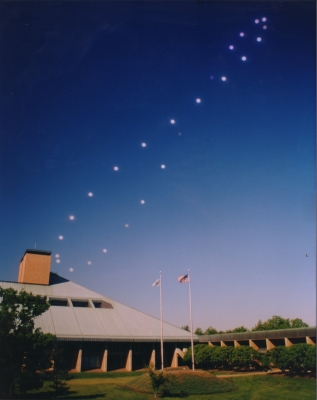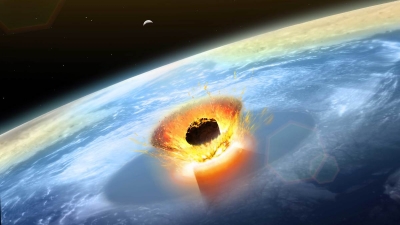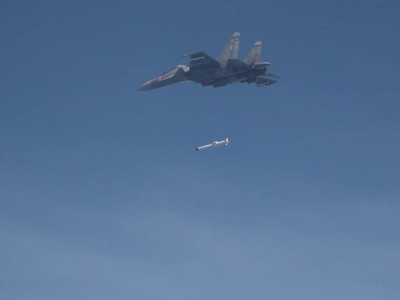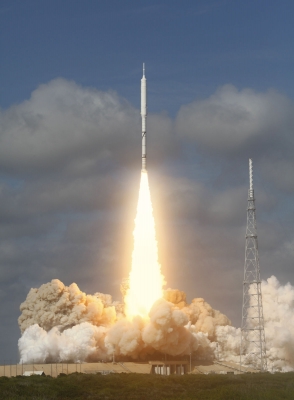
After just one day, the entire planet would be plunged into darkness.
Most fossil fuel power stations would shut down, causing cascading blackouts worldwide, once they ran out of fuel. Solar panels and wind turbines would still be able to generate electricity in some areas of the planet, but eventually, they would stop working after a few months or a couple of years.
Nuclear power plants around the world would shut down and enter an automatic safe mode so as to prevent a possible meltdown of the nuclear reactor, without people to use the energy that these power plants make.
Also, no power means that water pumps in subway systems would stop working. The tunnels in subway systems would fill with water.
Domestic animals, would either starve to death, or escape their houses, and start scavenging for food.
Pets still trapped inside their houses would be able to eat food in kitchens, but eventually their food supply would run out, and their only choice would be to escape and look for food elsewhere.
But the truth is that a lot of animals would not be able to survive. Many dog and cat breeds would be simply unfit for this new environment and they would be hunted down by animals like wolves.
Animals like rats and cockroaches would thrive off of the remaining food supply, but once their supply ran out, their populations would plummet.
Some animals would actually go extinct in the absence of humans. Such as head lice.
Head lice have evolved to feed exclusively on human blood. If we disappeared, head lice would join us.
Food everywhere would be rotting. Without power, there would be no refrigeration, and with no refrigeration, our food supply would start to decay.
Dairy products would begin to spoil within a few hours. The fruit would start to decay. As the fruit decays, it releases a gas called ethylene, which causes the other fruits to decay at a faster pace. Meat would also start rotting, and it would be eaten by flies, maggots and rats.
After more than a week, due to the heat coming from the fuel rods, spent fuel pools inside nuclear power plants would begin to boil away. The fuel rods themselves catch fire and burn.
The equivalent of 20 cores worth of radiation would be released into the environment, and nothing would be safe for miles in each direction. This would also cause some nuclear reactors to explode violently.
After several months, without people to keep them at bay, wild animals would start returning to the urban landscape.
Animals such as coyotes, bobcats, among others, would be the first new residents, followed by animals like bears, cougars, etc.
Animals trapped inside zoos would succumb to starvation. Other animals would be able to escape, then they would start roaming around, scavenging for food, trying to survive. You could see animals like apes, elephants, bears, wolves, all in the same place.
After one year, plant vegetation would start taking over. Weeds and grass would start growing in cracks in roads and highways.
Buildings would start getting overrun by plants and ivy. Plants would start to take root in stone and masonry work, and they would start to damage the foundations of buildings.
A lot of animal species would also flourish in our absence. Animals like the giant panda, the Asian elephant, among others, had to put up with humans destroying their habitats, and hunting them down for various reasons. If humans were to disappear, these animals would be extremely happy. Granted, they still would have things to worry about, but without humans, one of their biggest threats would be gone forever.
Certain species of birds would also be pretty happy. Without people, some species of birds would not have to worry about being shot by a hunter’s firearm, and they would also be able to fly without the fear of dying by flying into an airplane’s engine.
In the absence of humans, wildfires will go unchecked. A lightning strike has the possibility to start a fire in the countryside, or in a certain building in a city. Without firefighters to keep these fires at bay, they will spread quickly and raze entire cities to the ground.
Picture Credit : Google






